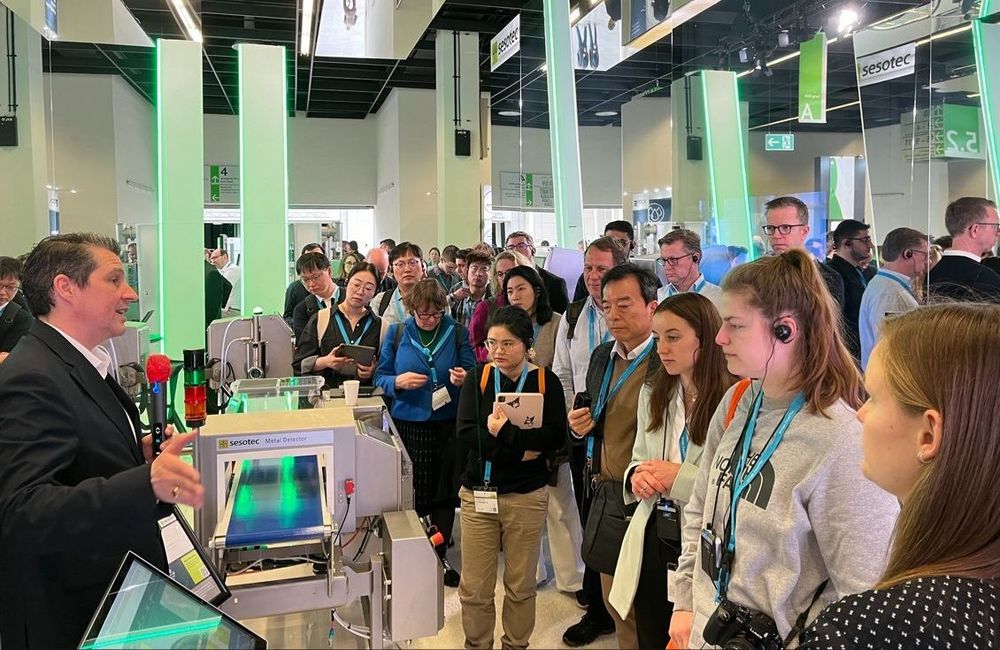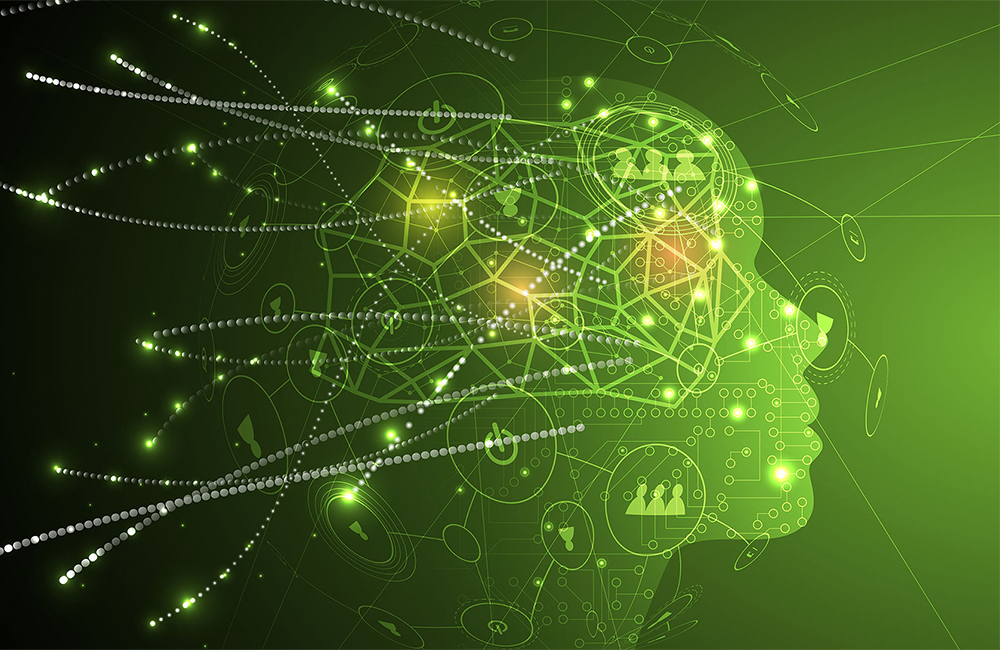Company
Jan 30, 2024 |
What is Artificial Intelligence and What Role Does It Play in the Industry?
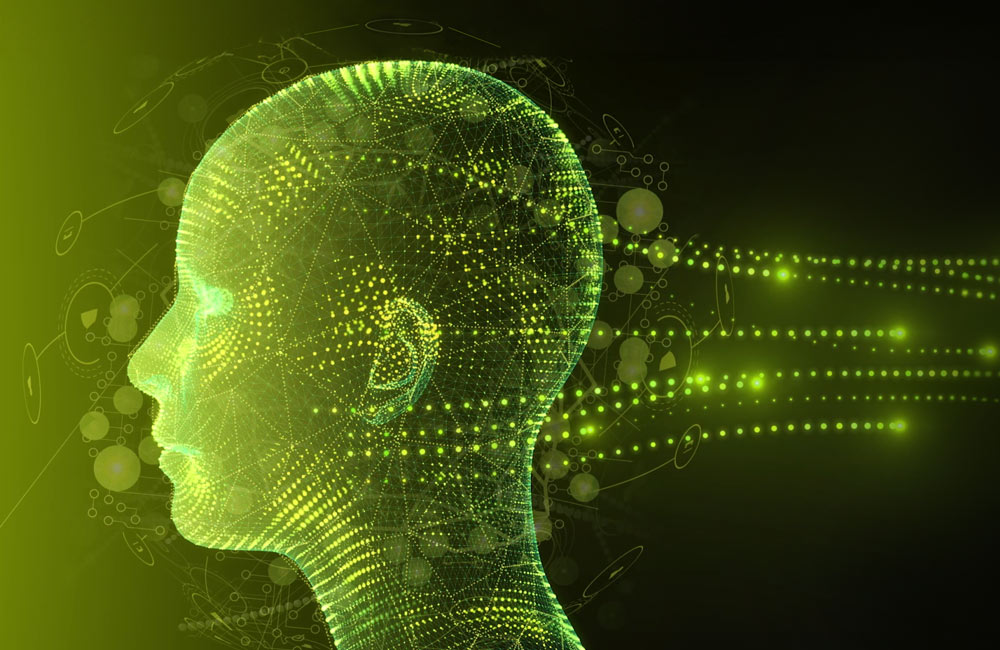
What is artificial intelligence?
Artificial Intelligence (AI) is a fascinating and emerging field that has made tremendous progress in recent years and is impacting more and more areas of our lives. AI refers to the ability of machines or computers to mimic or even surpass human-like intelligence.
In this article, we take a closer look at the concept of Artificial Intelligence, its history, its applications, its impact on the industry with its pros and cons and its role in the future.
The history of artificial intelligence
The idea of artificial intelligence is not new and dates back to ancient times, when mythical automatons and mechanical figures appeared in stories and legends. However, the real breakthrough in the development of AI took place in the 20th century. In 1956, the term "artificial intelligence" was first coined by John McCarthy, one of the pioneers in this field. McCarthy organised a conference at Dartmouth College, which laid the foundation for the research and development of AI.
In the decades that followed, there were repeated advances in AI research, but also setbacks. In the 1980s, AI experienced a so-called "AI (Artificial Intelligence) winter", during which interest and funding declined sharply. In recent years, however, AI research has experienced a renewed boom thanks to advances in computing power, the availability of large amounts of data and new algorithms. 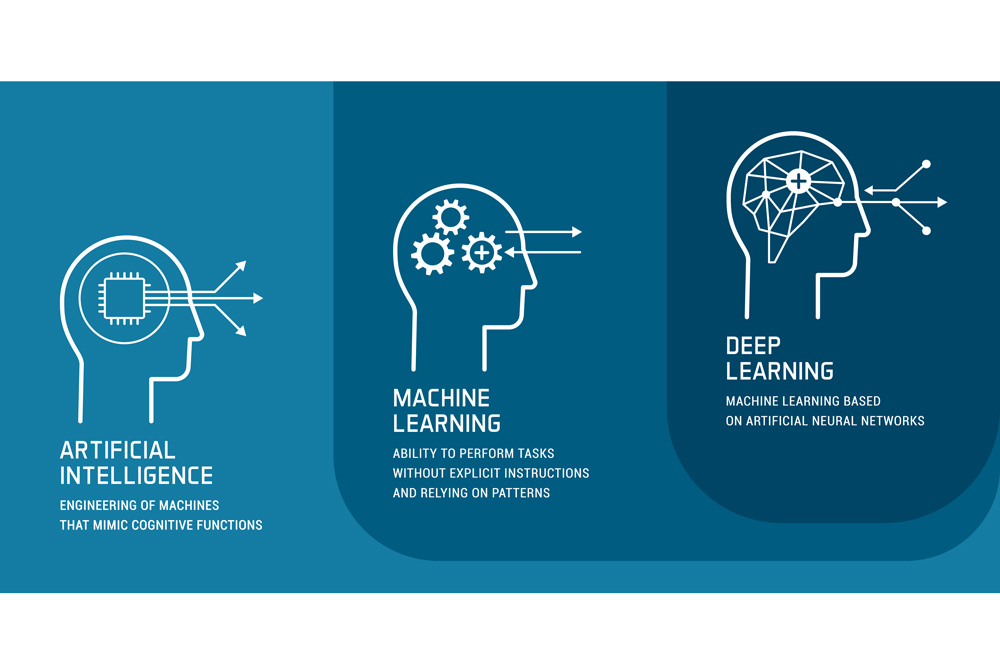
How artificial intelligence works
The way AI works is based on the concept of machine learning, which enables computers to learn from experience and adapt without being explicitly programmed. By training models with large amounts of data, AI systems can recognise patterns and make predictions.
The terms artificial intelligence (AI), machine learning (ML) and deep learning (DL) are often used interchangeably. However, DL is actually a sub-area of ML and ML in turn a sub-area of AI.
AI is a generic term and describes the approach of using machines to imitate intelligent human behaviour in order to solve problems. AI are software applications that can perform tasks that normally require human intelligence.
ML is the technology used to achieve AI. ML are applications that are able to learn independently and solve tasks without a pre-programmed solution path.
DL is the further development of ML. The technology is based on the use of so-called neural networks. DL are special ML algorithms that are modelled on the human brain (artificial neural networks).
Applications of artificial intelligence
Artificial intelligence is based on the concept that machines, through the use of algorithms and data, are capable of performing tasks that are typically assumed to require human intelligence. Examples of this include speech recognition (Alexa, Siri), image recognition, decision-making, and much more.
There are two main types of Artificial Intelligence: Narrow Artificial Intelligence and General Artificial Intelligence. Narrow AI refers to systems that are limited to specific tasks or applications, such as chatbots that support customer service. General AI, on the other hand, refers to systems that possess general intelligence and are able to perform a wide range of tasks, comparable to the intelligence of a human being. Strong AI is still in its infancy and remains a goal of AI research.
The impact of artificial intelligence on industry
The impact of Artificial Intelligence (AI) on industry is profound and is changing the way organisations operate, produce and interact. Here are some of the key impacts:
- Efficiency:
AI can help to automate and optimise processes in industry. This leads to a
significant increase in efficiency and a reduction in production costs because
tasks are carried out more precisely and quickly.
- Quality
control: AI systems can carry out quality checks in real time by analysing
images and data. This enables companies to recognise and sort out faulty
products at an early stage, resulting in higher product quality and lower
reject rates.
- Predictive
maintenance: AI can be used to monitor the condition of machines and systems
and provide early warning of potential failures. This enables companies to
better plan maintenance work, reduce downtime and cut costs.
- Customer
personalisation: In the manufacturing industry, AI-driven systems can be used
to adapt products according to the individual requirements and preferences of
customers. This enables customised products and services that increase customer
satisfaction.
- Logistics
and supply chain optimisation: AI can help to improve supply chain planning and
optimisation. This enables better warehouse management, routing optimisation
and tracking of products during transport.
- Development
of new products: AI can help companies identify market trends and customer
needs. By analysing data and feedback, AI can help develop innovative products
and services that are successful in the market.
- Labour
force and training: With the introduction of AI in the industry, the demands on
the labour force are changing. New jobs are emerging in AI development and
integration, while some traditional tasks are being replaced by automation.
Companies need to invest in training their employees to ensure they can utilise
the new technologies effectively.
- Competitiveness:
Companies that integrate AI into their processes at an early stage can
strengthen their competitiveness. Efficiency gains and product innovations can
help to gain market share and increase profitability.
- Risks and challenges: Despite the benefits, the introduction of AI also poses challenges, such as privacy and security concerns, ethical issues related to autonomous systems and the need to manage the impact on the world of work.
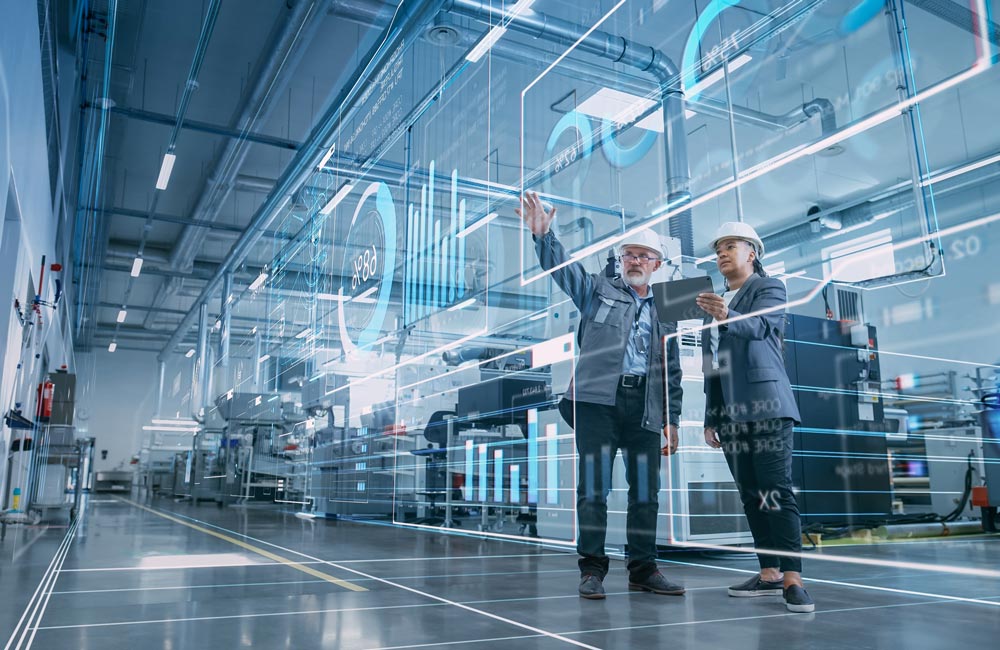
The role of AI in the future
The future of artificial intelligence (AI) promises to be exciting and transformative. Here are some of the key trends and prospects:
1. Advanced applications: AI will find its way into more and more areas of daily life and business. Advances in image recognition, speech processing, robotics and autonomous driving will drive the development of new applications. We will see more personalised services and products based on people's individual needs and preferences.
2. Autonomous systems: The development of autonomous systems, including self-driving cars, drones and robots, will advance. These systems will be able to handle more complex tasks and drive automation in various industries.
3. Communication with AI: Interaction with AI systems will become more natural and human-like. Advances in language processing and human-machine communication will help AI systems better understand what humans are saying and be able to better interpret human emotions and intentions.
4. Ethics and regulation: With the growing use of AI, ethical and legal issues will come to the fore. Society and politics will have to deal with questions of privacy, the responsibility of AI developers and users, fairness and discrimination in AI systems and the question of control over autonomous systems.
5. Working world: The automation of workplaces will continue to pose a challenge. At the same time, new occupational fields and tasks will emerge in connection with AI. Further training and retraining of the labour force will be crucial in order to cope with the impact on the world of work.
6. Research and innovation: AI research will accelerate as more and more companies and governments invest in this technology. This will lead to new breakthroughs and innovations and further unlock the potential of AI.
7. AI control: The development of framework conditions and control mechanisms for AI will become increasingly important. International standards, laws and regulations will be necessary to ensure that AI is used responsibly and ethically.
Applications of AI in Foreign Body Detection and Material Sorting
In the field of foreign object inspection and material sorting, application examples include anomaly detection, object recognition and predictive maintenance
- Anomaly
detection of metal foreign bodies:
Improving the detection sensitivity of products with a high product effect. - Anomaly
detection X-ray technology:
Improving detection sensitivity, especially for low-density contaminants. - Polymer identification:
Strengths with mixed plastics and additives - Object
recognition:
Good detection (even with overlap) with high hit rate with a high hit rate, e.g. for food plastics (juice bottles) vs. non-food plastics (silicone cartridges) - Predictive
maintenance:
Predictive maintenance of the X-ray tube & detector bars
Summary
Overall,
it is clear that artificial intelligence will play a crucial role in shaping
the future. There will be both opportunities and challenges, and the way in
which AI is developed, deployed and regulated will have a major impact on what
that future looks like. It is important that legislators, society and players
in the AI industry closely monitor these developments and actively shape them
to ensure that AI is used for the benefit of humanity.
With this article, we kick off our 2024 blog series on Artificial Intelligence in the fields of foreign body detection and material sorting. Curious about the exciting developments in this field? Then make sure to regularly check our blog at www.sesotec.com/emea/en/resources/blog!



